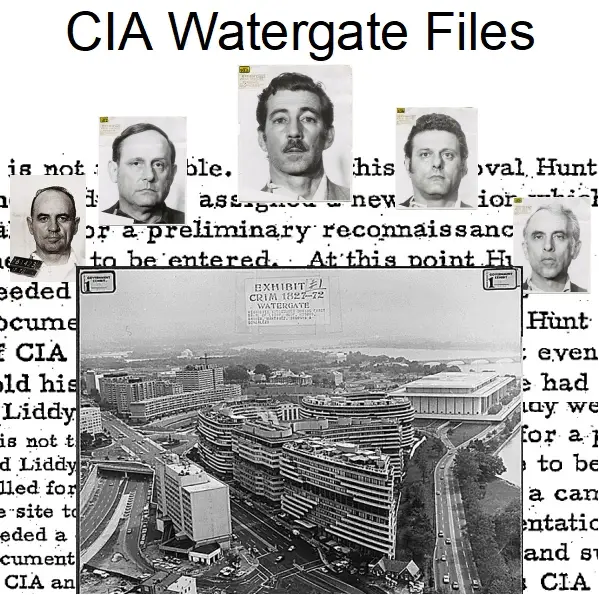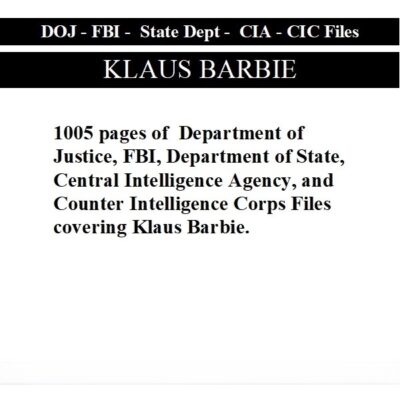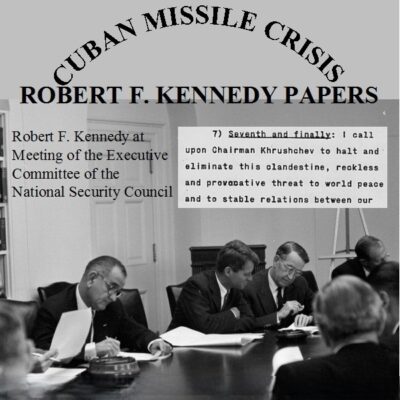“Mississippi Burning: Trial Transcripts of Civil Rights Workers’ Murders” has been added to your cart. View cart

Description
Watergate: The CIA Connection and Cover-Up Timeline
- 1947: The National Security Act of 1947 is signed into law by President Truman, establishing the Central Intelligence Agency (CIA) and including a ban on intelligence operatives from operating domestically.
- 1969-1988: General CIA FOIA releases of documents from this period include information about CIA association with Watergate burglars, the search of CIA files for information related to Watergate, and cooperation with Congressional investigative bodies.
- Prior to June 1972 (Specific Date Unknown): The CIA provides technical support and fake documents to E. Howard Hunt and G. Gordon Liddy for use in breaking into the office of Dr. Lewis Fielding, Daniel Ellsberg’s psychiatrist. This includes Liddy requesting documents under the alias “Roy James Anderson.” The CIA’s Inspector General’s “CIA Watergate History” later confirms this aid for examining Ellsberg’s medical files.
- June 23, 1972 (10:04 – 11:39 AM): The “Smoking Gun” tape is recorded in the White House Oval Office. President Nixon and H.R. Haldeman discuss having the CIA ask the FBI to halt their investigation into the Watergate break-in, claiming it was a national security operation, specifically to stop the tracing of the money found on the burglars.
- 1973:February 2: James R. Schlesinger becomes Director of Central Intelligence.
- Mid-1973 (Specific Date Unknown): CIA Director James R. Schlesinger orders senior officers to compile a report of current or past CIA actions that may have fallen outside the Agency’s charter, were inappropriate, or illegal. This initiative leads to the “Family Jewels” report.
- July 2: James R. Schlesinger’s tenure as CIA Director ends.
- September 4: William Colby succeeds Schlesinger as Director of Central Intelligence. The 693-page “Family Jewels” report is passed on to Colby.
- October 23: The House of Representatives releases its Report on the “Inquiry into the Alleged Involvement of the Central Intelligence Agency in the Watergate and Ellsberg Matters.”
- 1974:May 11 – July 2: House of Representatives Hearings are held for the “Inquiry into the Alleged Involvement of the Central Intelligence Agency in the Watergate and Ellsberg Matters.”
- August: President Nixon resigns.
- December: The CIA’s 156-page “Working Draft of CIA Watergate History,” known as “The CIA Inspector General Report on the Watergate Break-In Scandal,” is produced.
- January 3, 1975: A memorandum of conversation between President Gerald Ford and national security advisors occurs regarding allegations of CIA domestic activities made by Seymour Hersh. Ford asks, “Was the CIA involved in Watergate?” James R. Schlesinger, then Secretary of Defense, provides a nuanced response, advising caution about giving the CIA a “clean bill of health.” This meeting lays the foundation for the establishment of the Rockefeller Commission.
- January 22, 1975:A Secret Hearing Report from the U.S. Senate CIA Foreign and Domestic Activities (Church Commission) is released.
- A Hearing Transcript from the Church Commission includes an individual view from Senator Howard H. Baker, Jr., who states that the CIA “continually downplayed the extent of that technical support as well as the specific approval and detailed knowledge of such support by high level CIA officials” regarding the aid to Hunt and Liddy.
- January 30, 1976: William Colby’s tenure as Director of Central Intelligence ends.
- September 2017: The CIA releases 909 pages of files in response to a FOIA request for documents related to CIA contact with Watergate-related figures.
- 1990: Richard Nixon’s memoir, In the Arena, is published. In an excerpt, Nixon confirms he asked the CIA to block an FBI investigation of the Watergate break-in, calling it an “inexcusable error” and acknowledging the CIA refused.
Cast of Characters
- Richard Nixon: President of the United States from 1969 to 1974. He resigned due to the Watergate scandal. The sources highlight his attempt to use the CIA to block the FBI’s investigation into the Watergate break-in, as documented in the “Smoking Gun” tape and confirmed in his memoir.
- H.R. Haldeman: White House Chief of Staff under President Nixon. He was a key participant in the “Smoking Gun” conversation with Nixon, discussing using the CIA to obstruct the FBI’s Watergate investigation.
- E. Howard Hunt: Former CIA employee and one of the Watergate burglars. He received technical support and fake documents from the CIA, along with G. Gordon Liddy, for the break-in at Dr. Lewis Fielding’s office.
- G. Gordon Liddy: A member of Nixon’s “plumbers” unit and one of the Watergate burglars. He collaborated with E. Howard Hunt and received CIA assistance, including fake documents using the alias “Roy James Anderson,” for the Fielding break-in.
- James McCord: Former CIA employee and one of the Watergate burglars. His prior CIA association contributed to speculations about CIA involvement.
- Eugenio Martinez: One of the Watergate burglars with reported previous CIA contact.
- Frank Sturgis: One of the Watergate burglars with reported previous CIA contact.
- James R. Schlesinger: Served as Director of Central Intelligence (February 1973 – July 1973) during the Nixon administration, and later as Secretary of Defense under President Ford. As DCI, he ordered the compilation of the “Family Jewels” report. He provided a cautious response to President Ford regarding CIA involvement in Watergate, hinting at layers within the agency that are hard to fully understand.
- William Colby: Director of Central Intelligence (September 1973 – January 1976). He succeeded Schlesinger and received the “Family Jewels” report.
- Gerald Ford: President of the United States from 1974 to 1977. As president, he initiated the meeting that led to the establishment of the Rockefeller Commission to investigate allegations of CIA domestic activities, including potential Watergate involvement.
- Seymour Hersh: New York Times columnist whose article on alleged CIA domestic activities prompted President Ford’s inquiry in January 1975.
- Dr. Lewis Fielding: Daniel Ellsberg’s psychiatrist. His office was broken into by Hunt and Liddy with CIA assistance, with the aim of examining Ellsberg’s medical files.
- Daniel Ellsberg: The individual whose psychiatric records were targeted in the Fielding break-in, a precursor event tied to the Watergate investigations.
- Spiro Agnew: Vice President under Richard Nixon. He was convicted of tax fraud stemming from bribery charges in Maryland, listed as one of the improper/illegal activities associated with the Nixon administration, though not directly tied to the CIA’s role in Watergate.
- Bebe Rebozo: A close friend of Richard Nixon. Mentioned for accepting large contributions to Nixon’s campaign, one of the activities encompassed by the broader “Watergate” scandal.
- Senator Howard H. Baker, Jr.: A member of the U.S. Senate Select Committee on Presidential Campaign Activities. He expressed an individual view that the CIA downplayed the extent of its technical support and high-level knowledge regarding aid to Hunt and Liddy.










Related products
-

Klaus Barbie: Department of Justice – FBI – Counter Intelligence Corps Files
$19.50 Add to Cart -

Cuban Missile Crisis: Robert F. Kennedy Papers
$19.50 Add to Cart -

Jackie Robinson “Jim Crow” Court Martial & Military Personnel Records
$19.50 Add to Cart -

George Herbert Walker Bush Presidential Papers
$19.50 Add to Cart